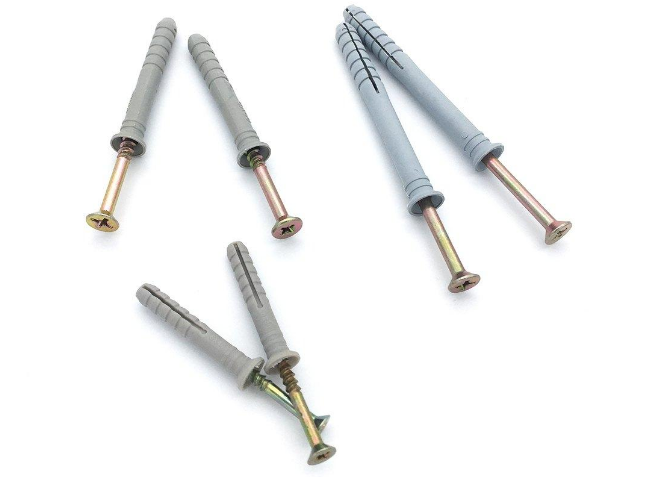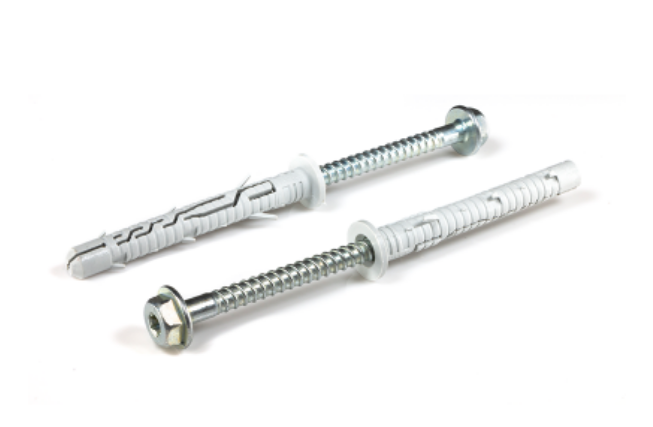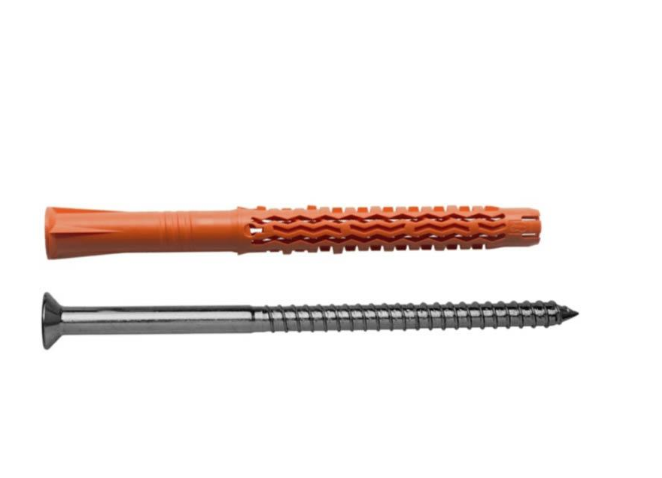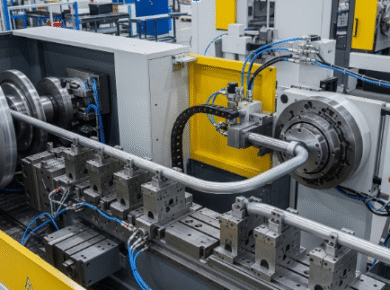The Rise in Popularity of Using Nylon Nail in Anchor Systems
Introduction
Anchor systems are integral components of various construction projects, providing necessary strength and stability. Traditionally, anchor nails are made from metals like steel, brass or aluminium. While these materials have performed well over the years, their suppleness, costly nature, and environmental impact have pushed the industry to scout for better alternatives.
Coming to our rescue is an unlikely hero – the nylon nail in anchor sydney. Specially designed for anchoring tasks, these tough and durable nails are quickly gaining recognition in the construction world. More resilient than their metal counterparts and less environmentally damaging, nylon nails are making a strong case for themselves.
Use of nylon nails in anchor systems represents a significant leap forward in material science and construction technology. Irrespective of your involvement level in the construction industry, understanding this new game-changer can provide valuable insights into the future of building material innovations.
The History of Ancillary Materials in Anchor Systems
Anchor systems have relied on metal connectors for their efficient functioning for a long time. However, these metallic connectors come with their unique set of challenges. Specifically, issues related to corrosion, cost, installation complexities, and environmental damage have raised significant concerns.
The advent of technology spearheaded the development of durable alternatives, triggering a shift from metal to plastic connectors. The improved longevity, cost-effectiveness, and easy installation offered by these modern materials have disrupted the traditional construction landscape.
Plastics, in particular, have found a secure place in construction materials thanks to their flexibility and strength. Among them, nylon has emerged as a front runner due to its superior properties- a point of transition that we will delve into in the next section.
Enter the Nylon Nail: An Evolution in Strength and Durability
The introduction of nylon as a construction material is no less than a revolution in the sector. Nylon nails outperform their metallic counterparts in various aspects. Their resilience, durability, and flexibility make them ideal for construction activities that require anchoring force.
Nylon is a highly durable material that can withstand harsh weather conditions without developing rust or corrosion. Its superior strength enables a secure hold, with the material’s natural resilience providing added resistance against shifting and settling.
Also, nylon nails offer considerable improvement over traditional nails in terms of weight and ease of use. Their lighter weight reduces overall building mass, mitigating the risk associated with heavy constructions.
The Practicality of Nylon Nails in Modern Construction
Nylon nails are not just theoretically impressive; they hold up impressively in real-life construction applications. Builders and contractors have widely adopted these nails due to their practical benefits.
Several case studies showcase the remarkable utility of nylon nail in anchor sydney. For instance, in a residential construction project in Melbourne, the use of nylon nails in anchor systems resulted in a 30% reduction in construction time. The material’s ease of use, strength, and resilience garnered appreciation from the construction team.
Similarly, commercial building projects have also reported decreased costs and increased construction efficiency with the use of nylon nails. More and more builders are moving towards nylon nails, signifying their practicality in modern construction.
The Environmental Upside: Sustainability and Nylon Nails
Sustainability is at the heart of modern construction practices, and nylon nails are taking this mantra forward. Being a synthetic polymer, nylon is significantly more eco-friendly than tradition metals mined from the earth.
The manufacturing process of nylon nails produces lower emissions compared to metal-based nails, reducing the environmental impact. Plus, nylon nails are recyclable, contributing further to sustainable construction efforts.
Other lesser-known benefits include nylon’s resistance to pests and harmful insects, which significantly reduces the reliance on potential harmful chemical treatments in construction. All these factors put together, immensely elevate nylon nails’ standing in the green building materials list.
Nylon Nail Vs. Traditional Fasteners: A Comparative Analysis
When compared to traditional fasteners, nylon nails clearly come out on top in terms of both safety and durability. Nylon’s natural elasticity significantly reduces the risks associated with sudden impact loads, making it an overall safer option. In terms of durability, nylon nails are resistant to environmental wear and tear, rising above the corrosion and rust issues that plague metal nails.
Further, nylon nails align better with cost-effectiveness. Considering both the purchase price and life-cycle costs, nylon nails prove to be more economical in the long run. These nails also have a longer lifespan due to their greater environmental resistance, justifying their cost.
How to Move Towards Nylon Nails: An Easy Transition Guide
If you’re considering making the switch to nylon nail in anchor sydney, there are a few key factors to consider. First, it’s important to evaluate the scope of your construction project. While nylon nails are versatile, they may not be suitable for all types of construction.
To make a smooth transition, start by introducing nylon nails in non-load bearing applications. Once you are comfortable with their performance, gradually make them a part of high-stress construction.
Remember, training for the team handling the new material is essential to ensure proper installation and use. It’s worth the investment to organise hands-on training sessions and provide necessary installation guides.
The Future Prospects of Nylon Nails in Construction
The use of nylon nails in construction is set to only increase in the coming years. Continued innovation in material technology shall only refine the properties of nylon nails, making them a staple in construction.
However, like any other construction material, nylon nails also face certain challenges that need to be addressed before they become mainstream. Understanding and overcoming potential product failures, establishing wide-spread acceptance in structural design codes, and dealing with cost-value perception are some of the key challenges to be tackled by the industry.
Conclusion
The acceptance and integration of nylon nails into the construction domain signify a bold and promising shift towards innovative and sustainable practices. As we have seen in this guide, these nails stand out in various aspects, including durability, practicality, cost-effectiveness, and sustainability. By embracing nylon nails in anchor systems now, we can ensure safer, more efficient, and greener construction practices in the future. It’s high time for the industry stakeholders to honour this new hero – it drives us a nail closer to our commitment to sustainability.












